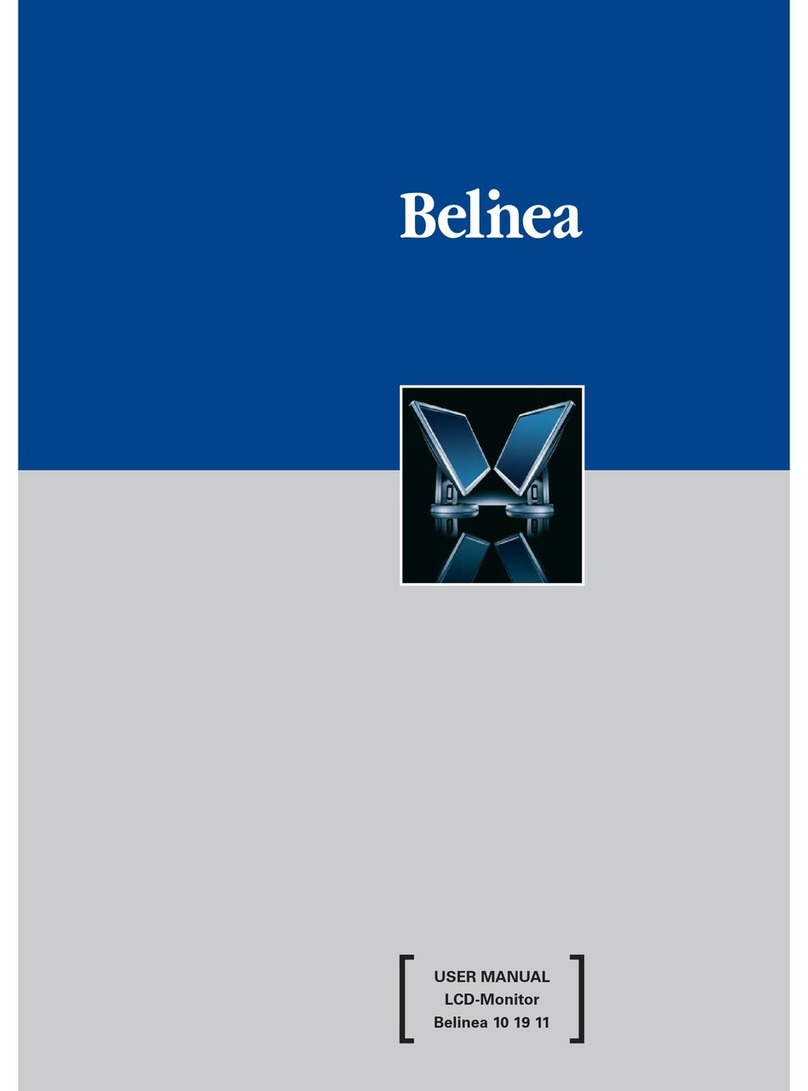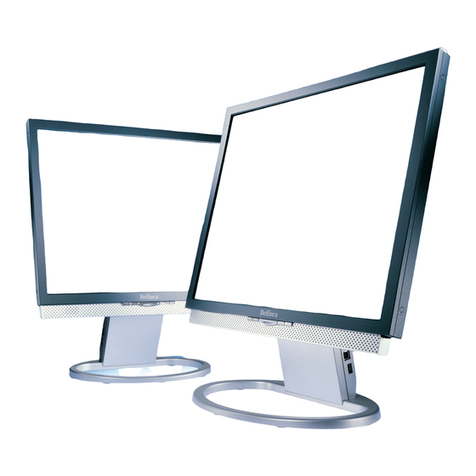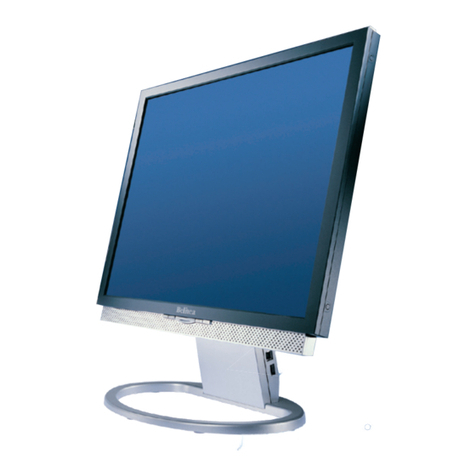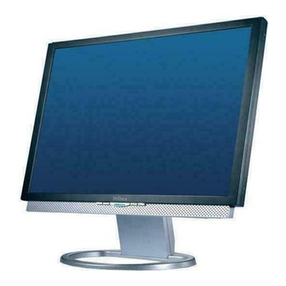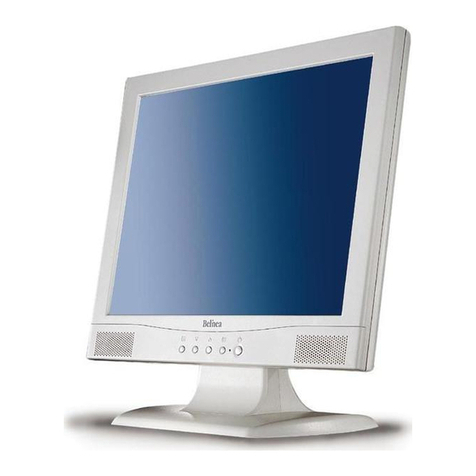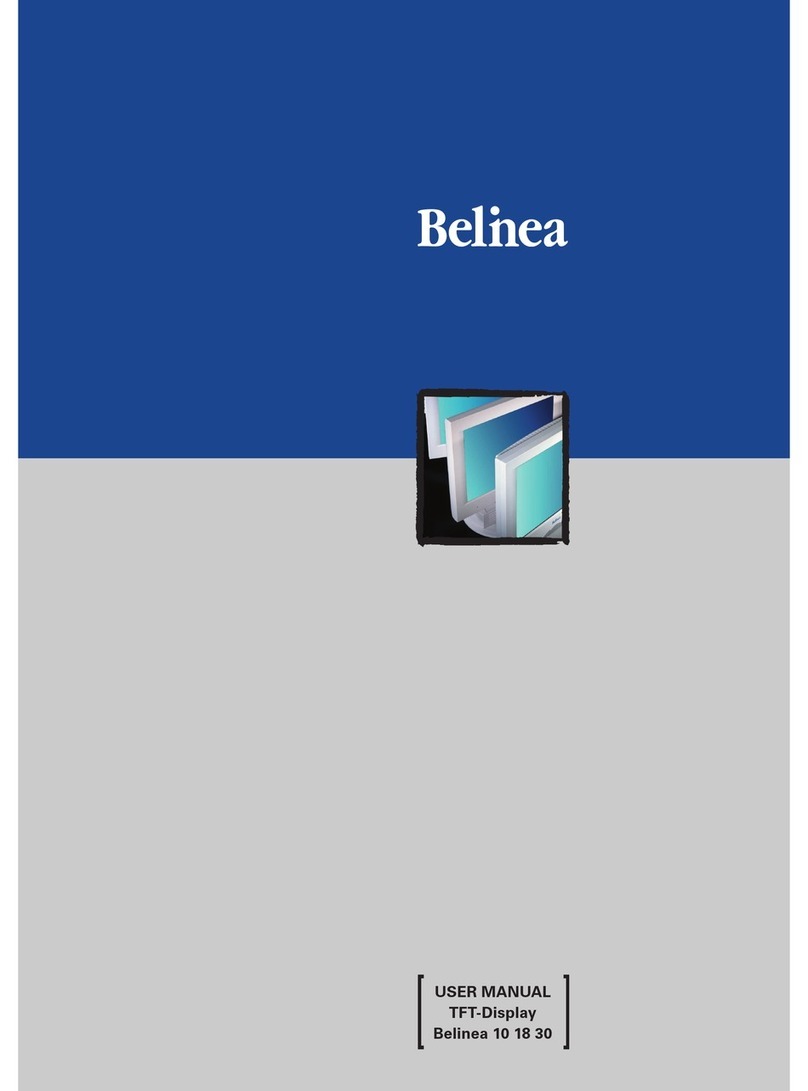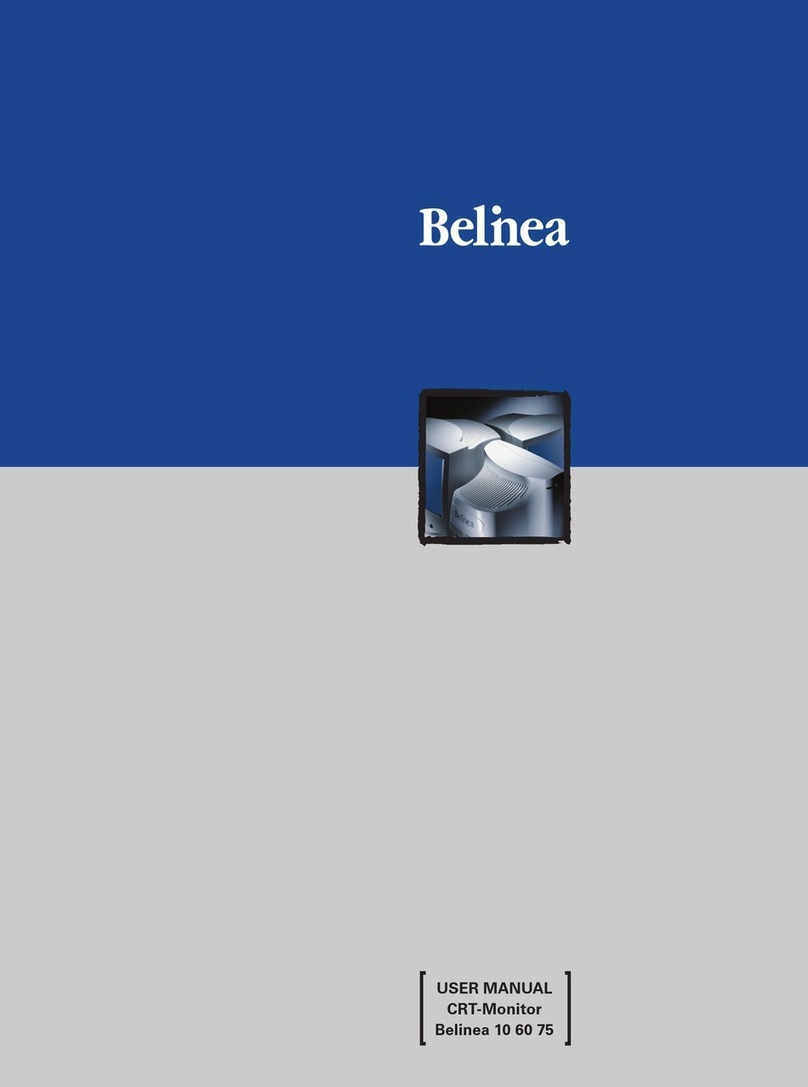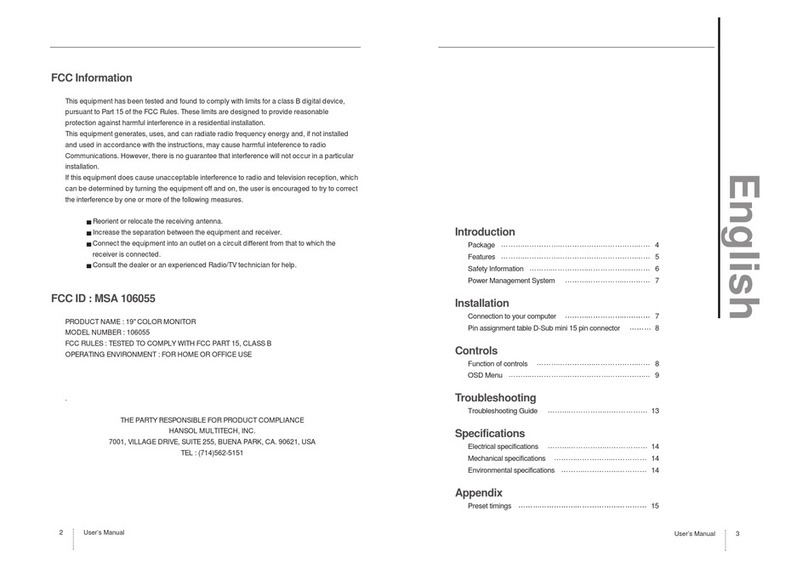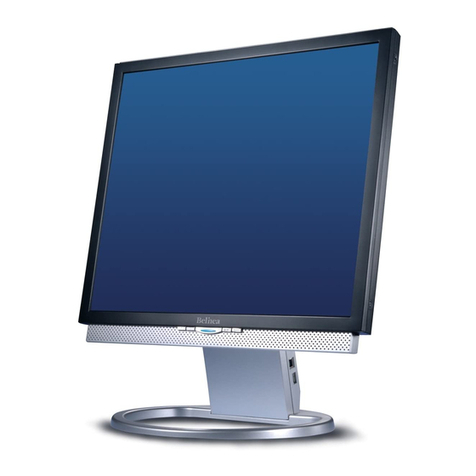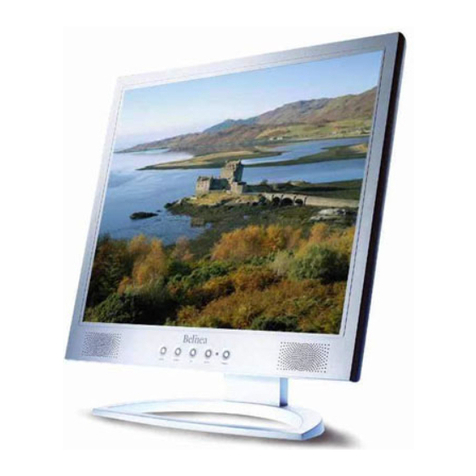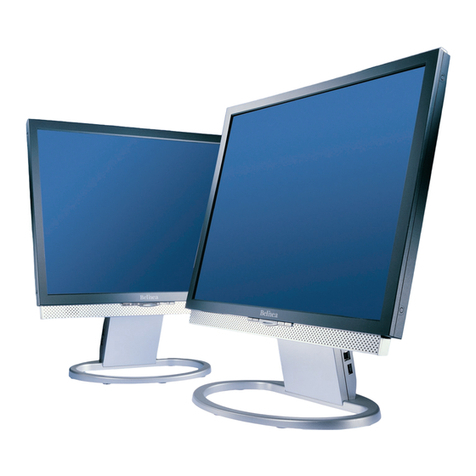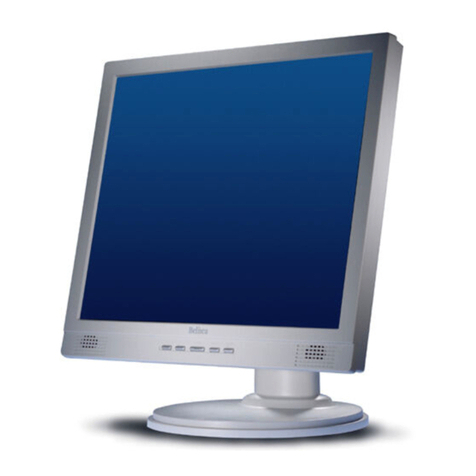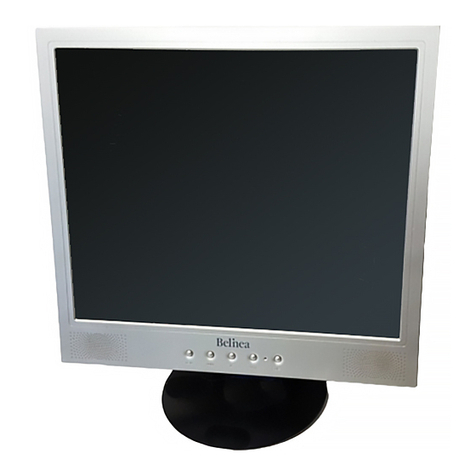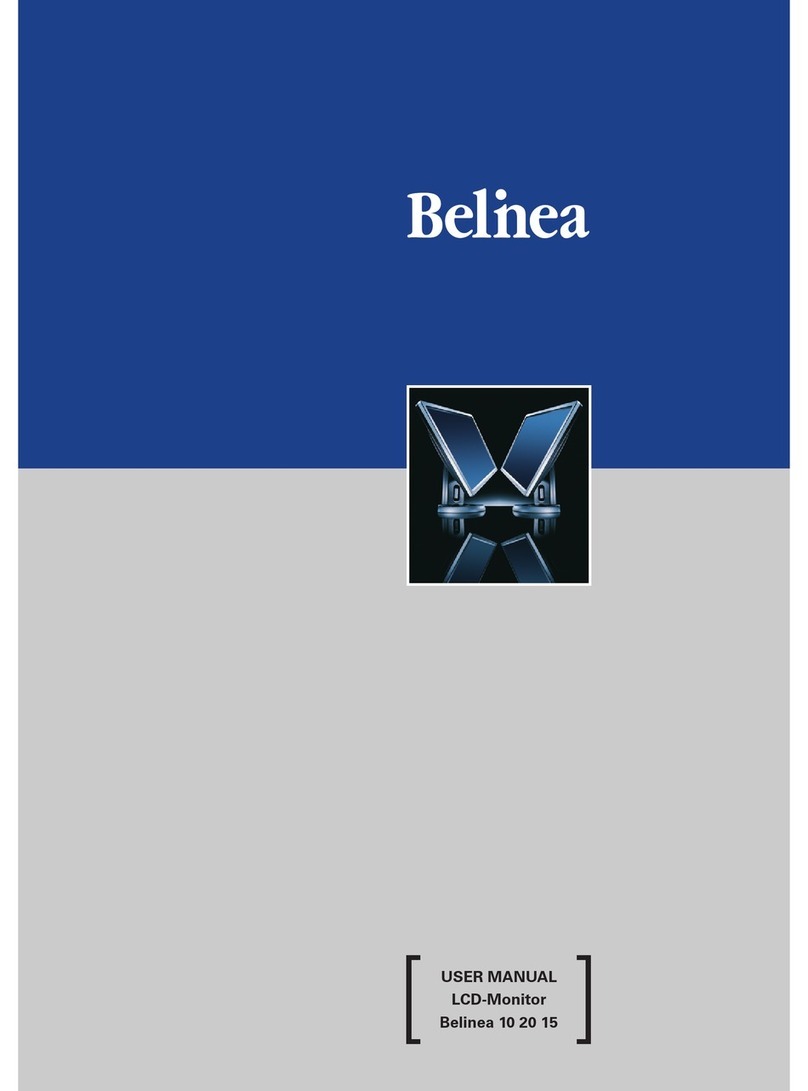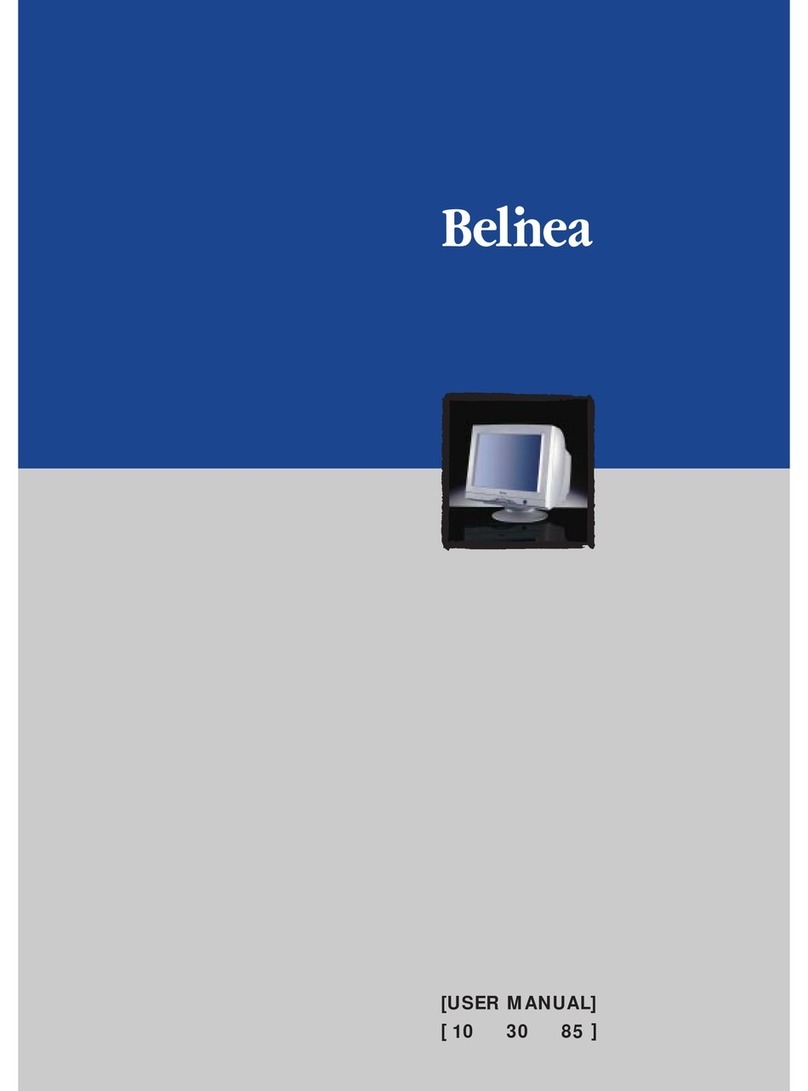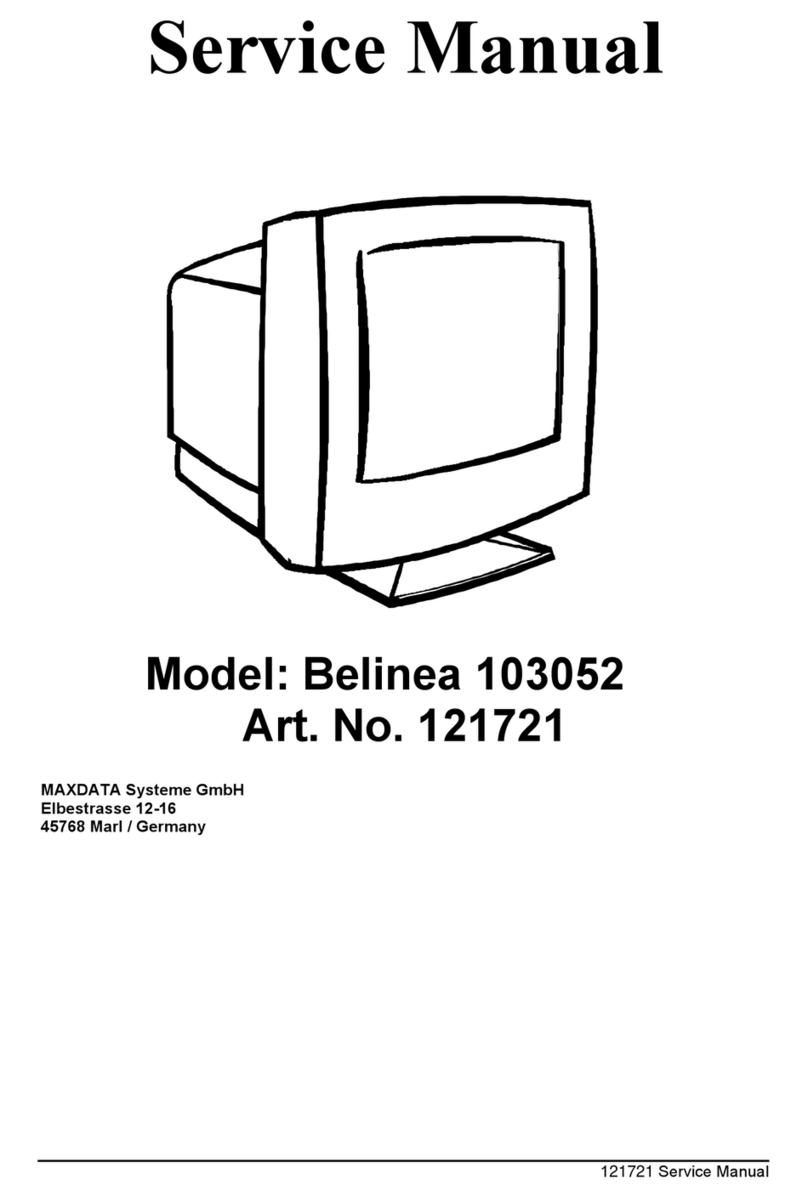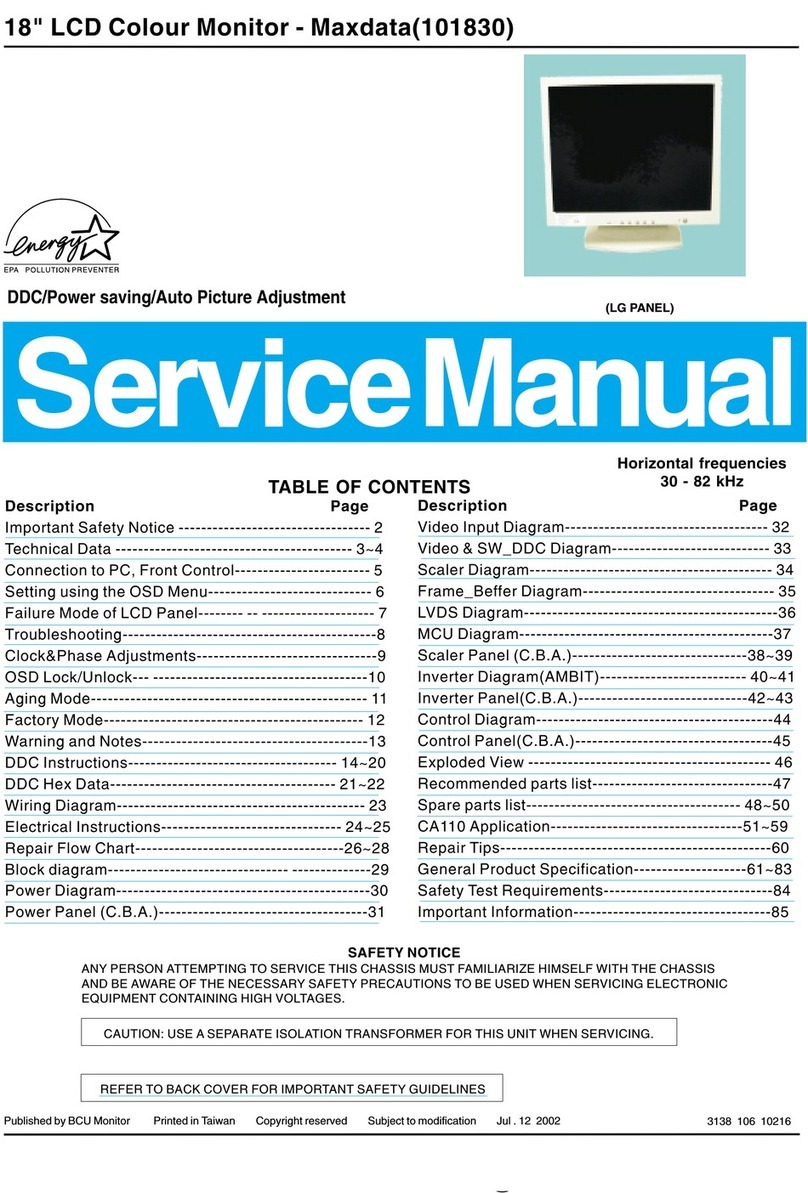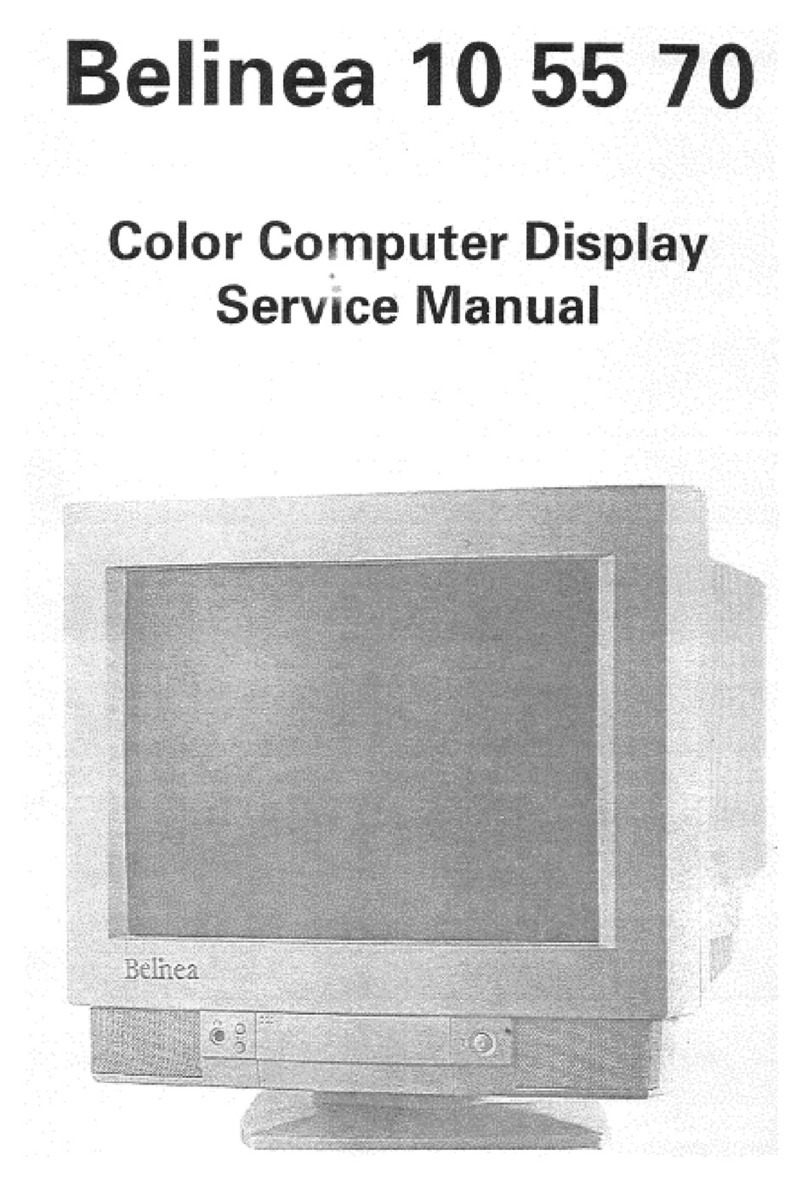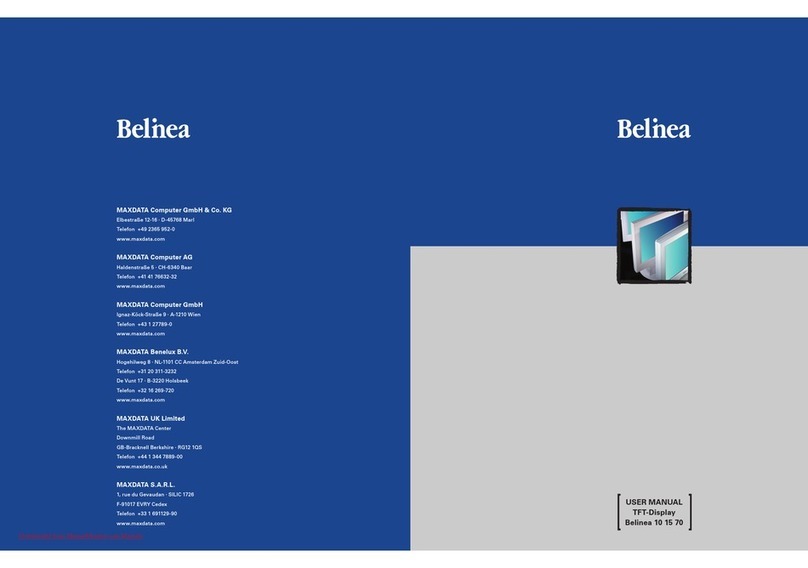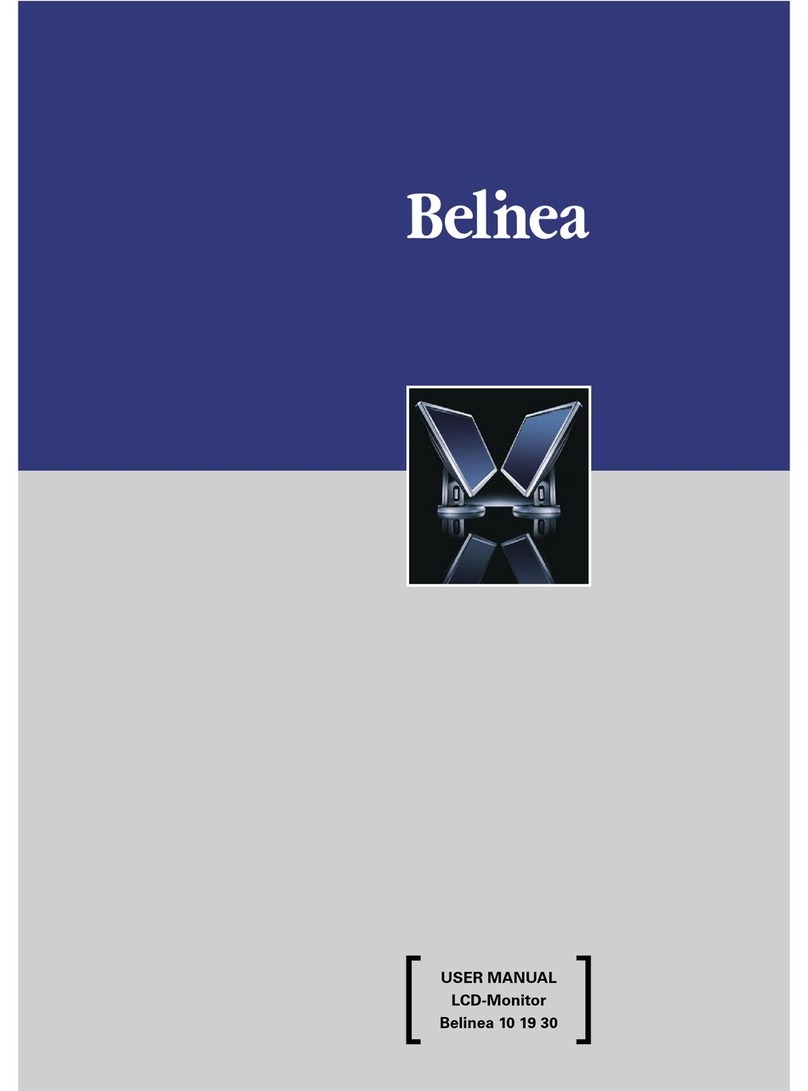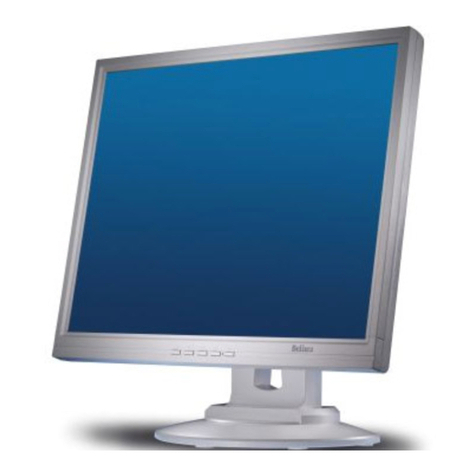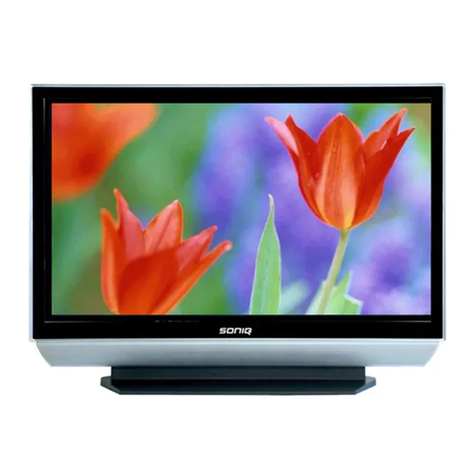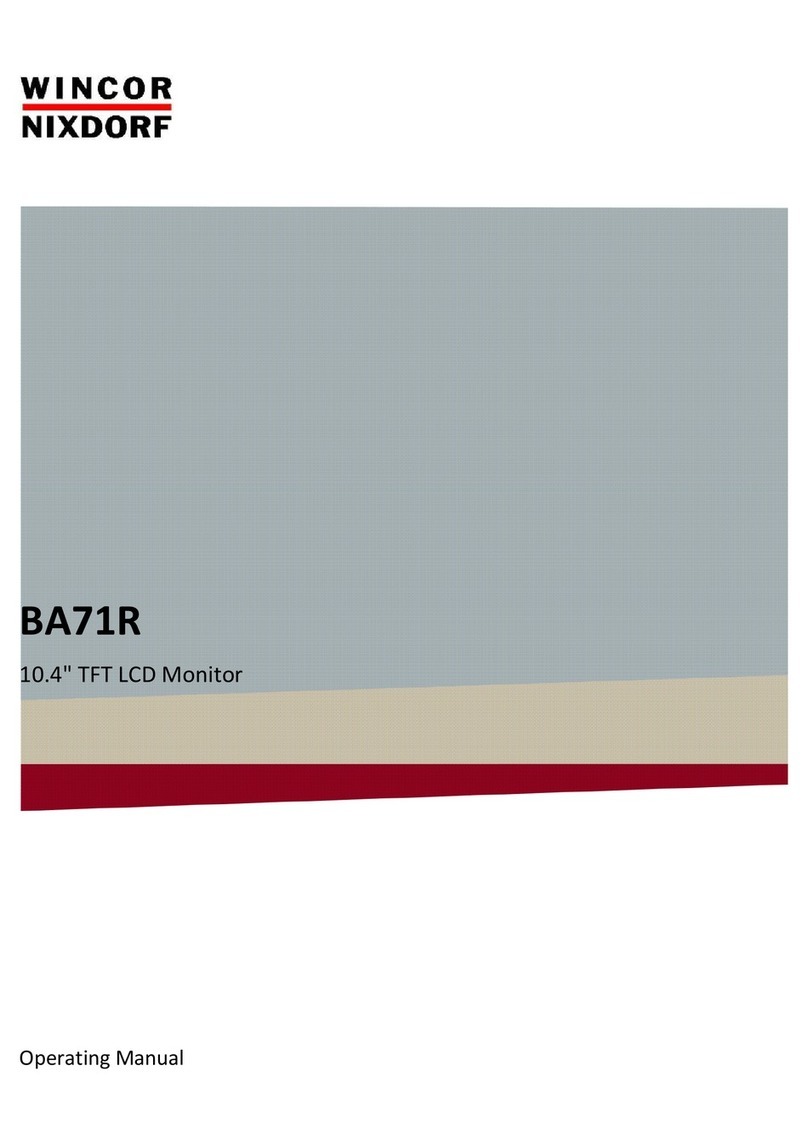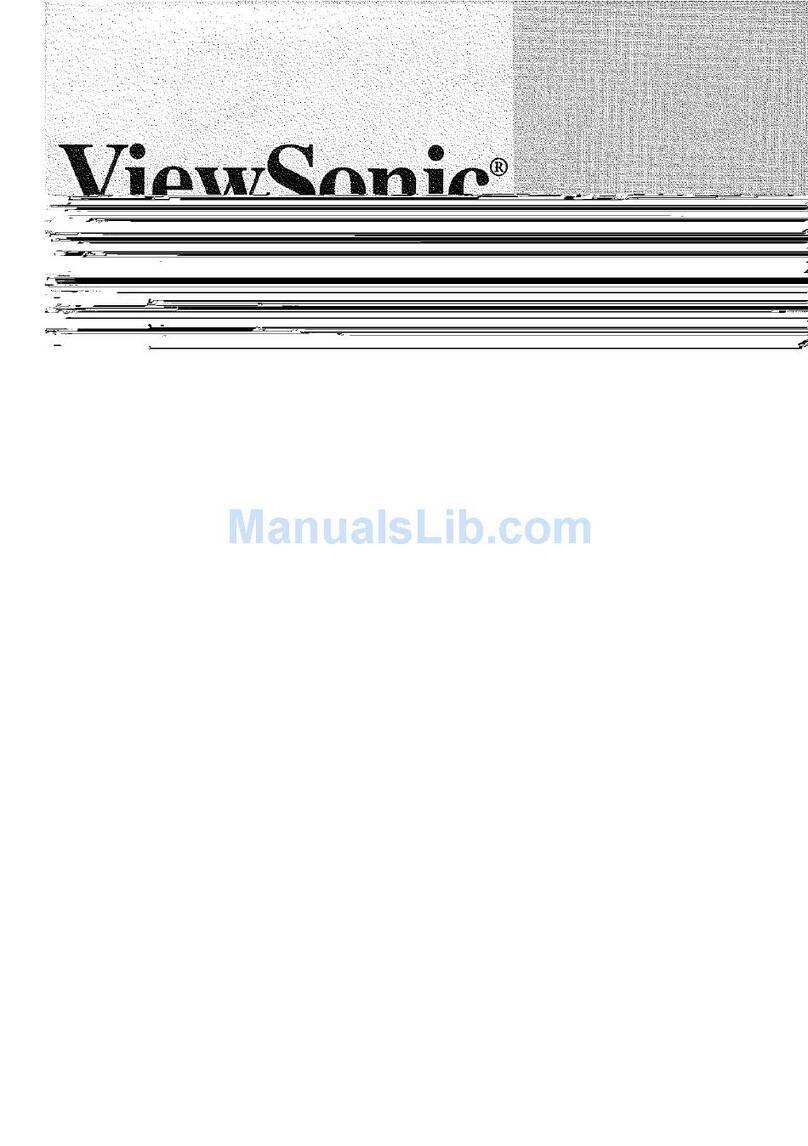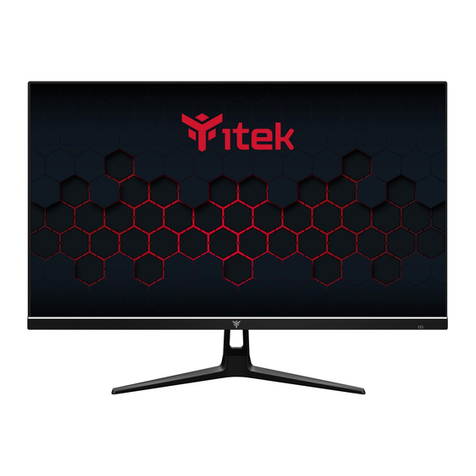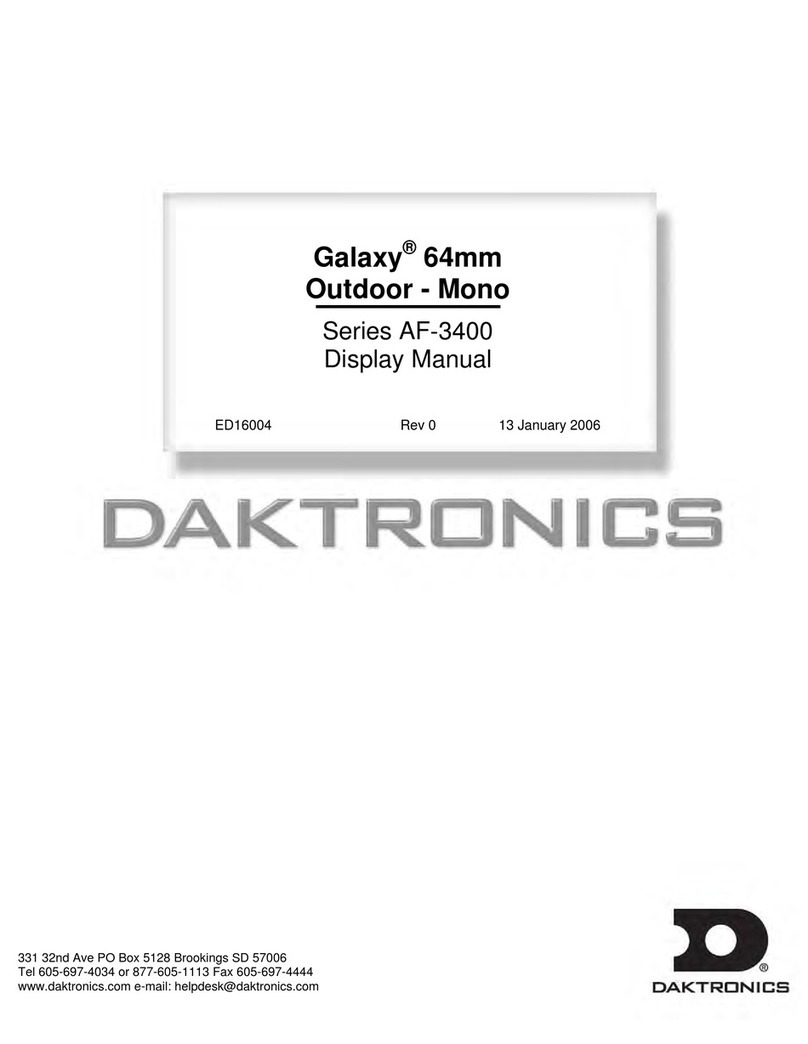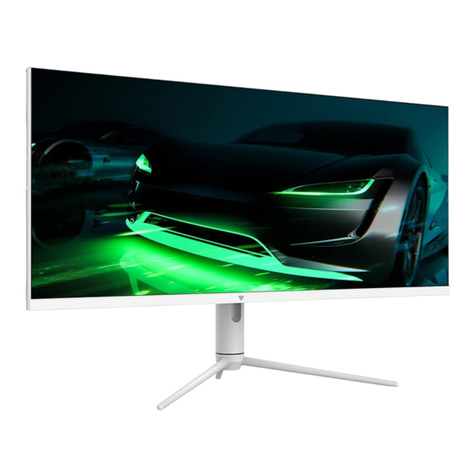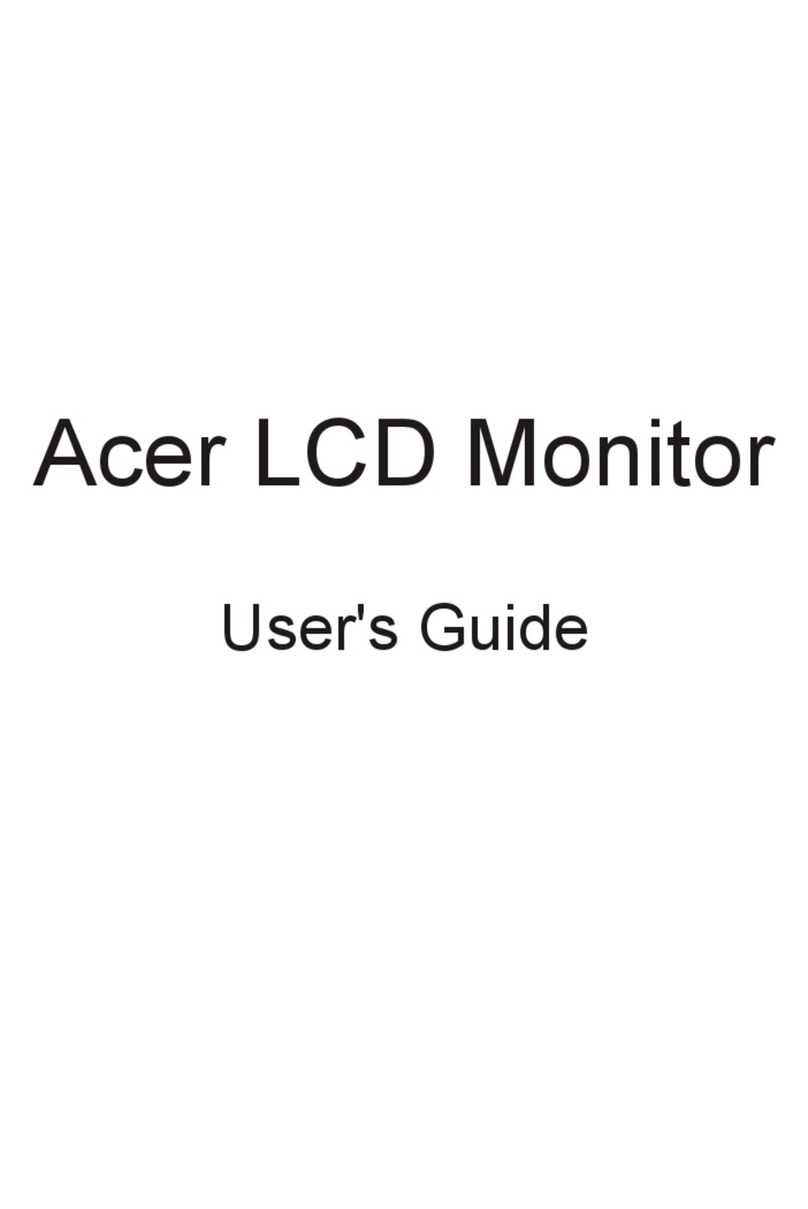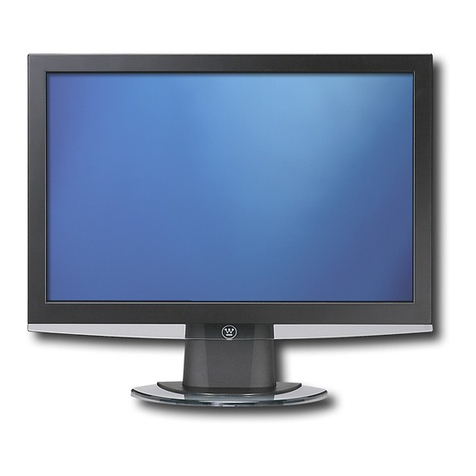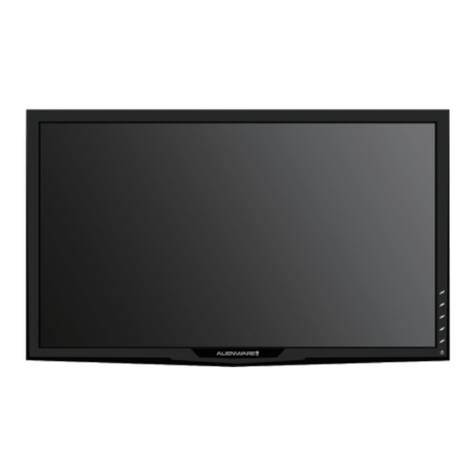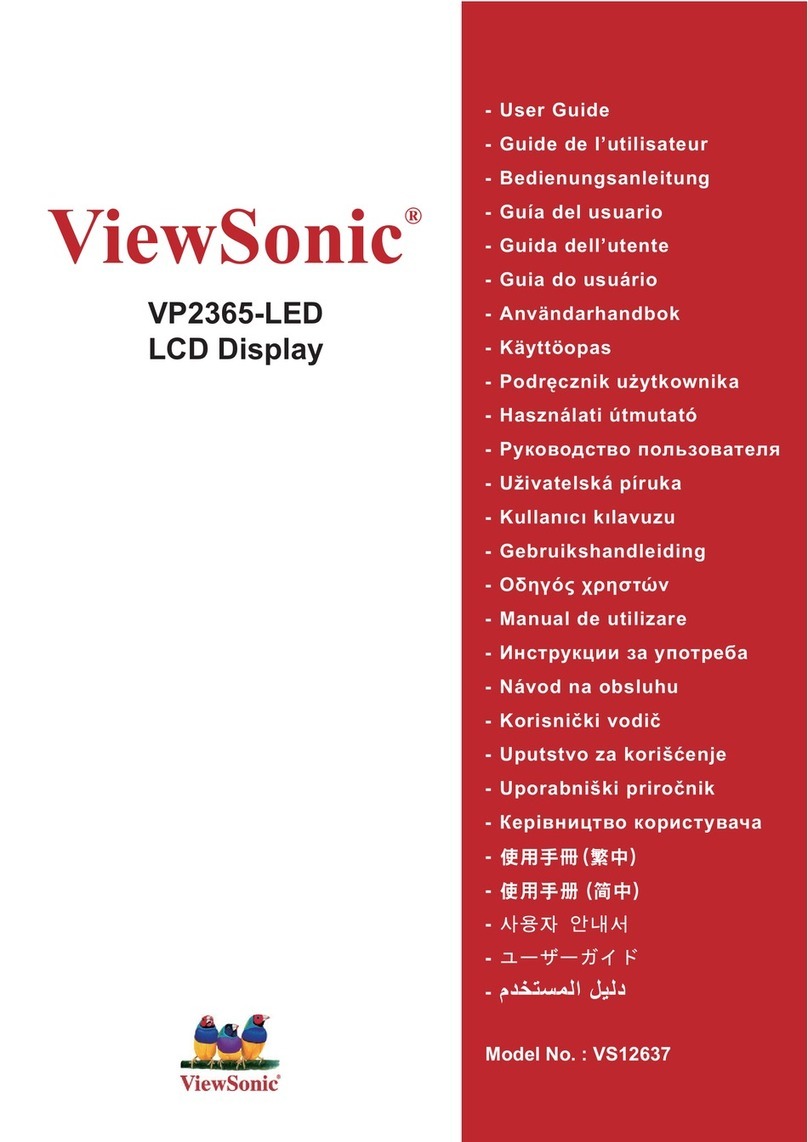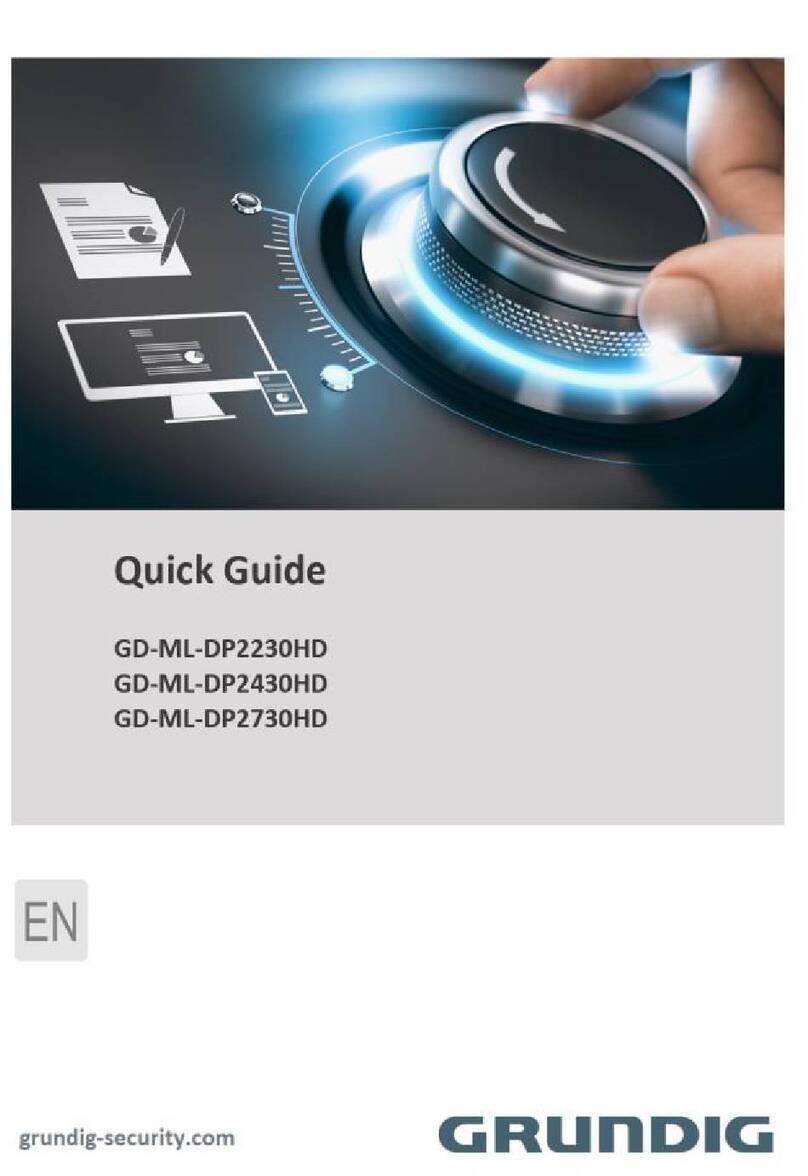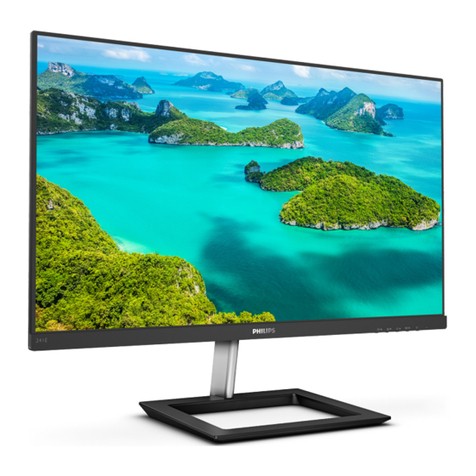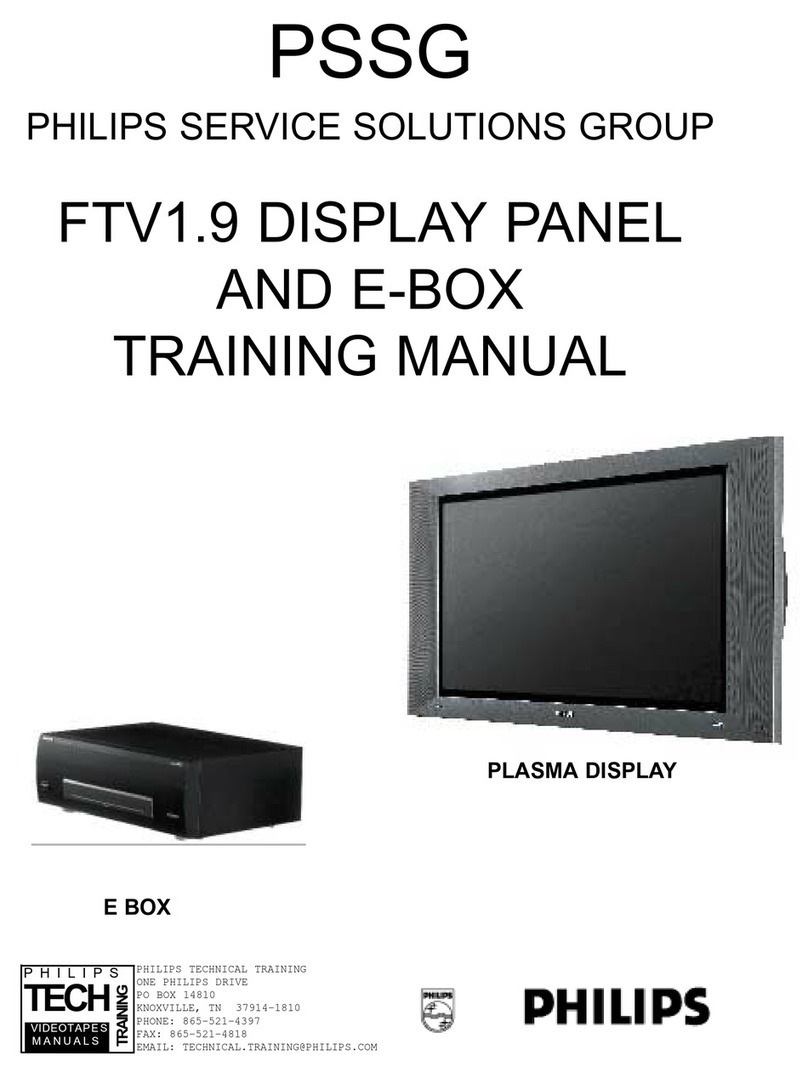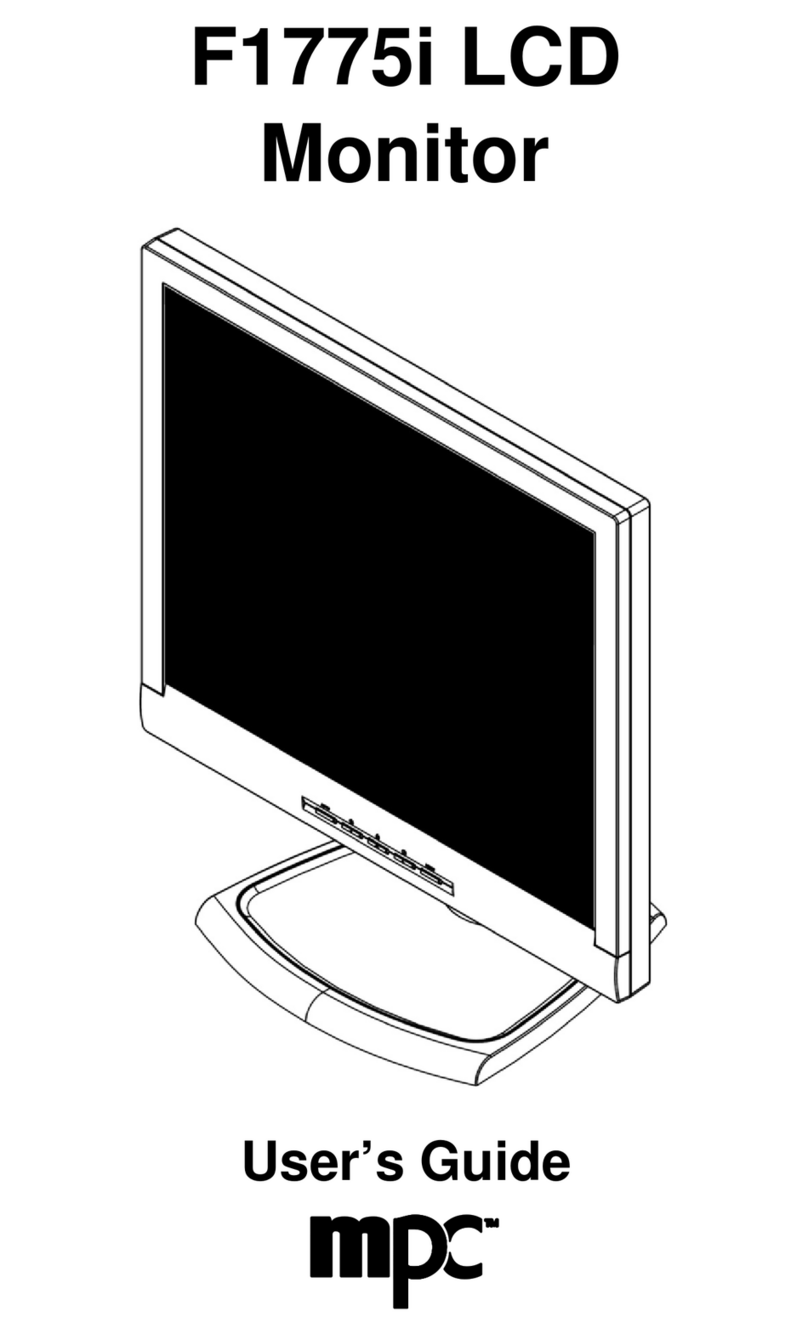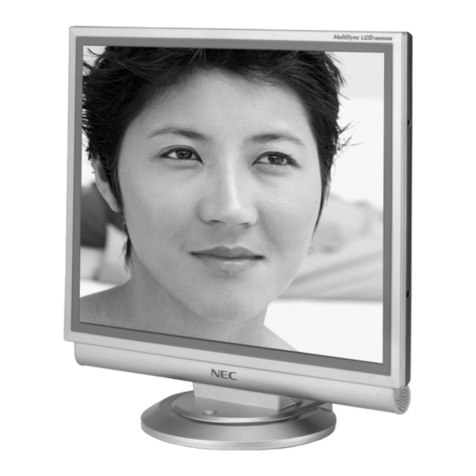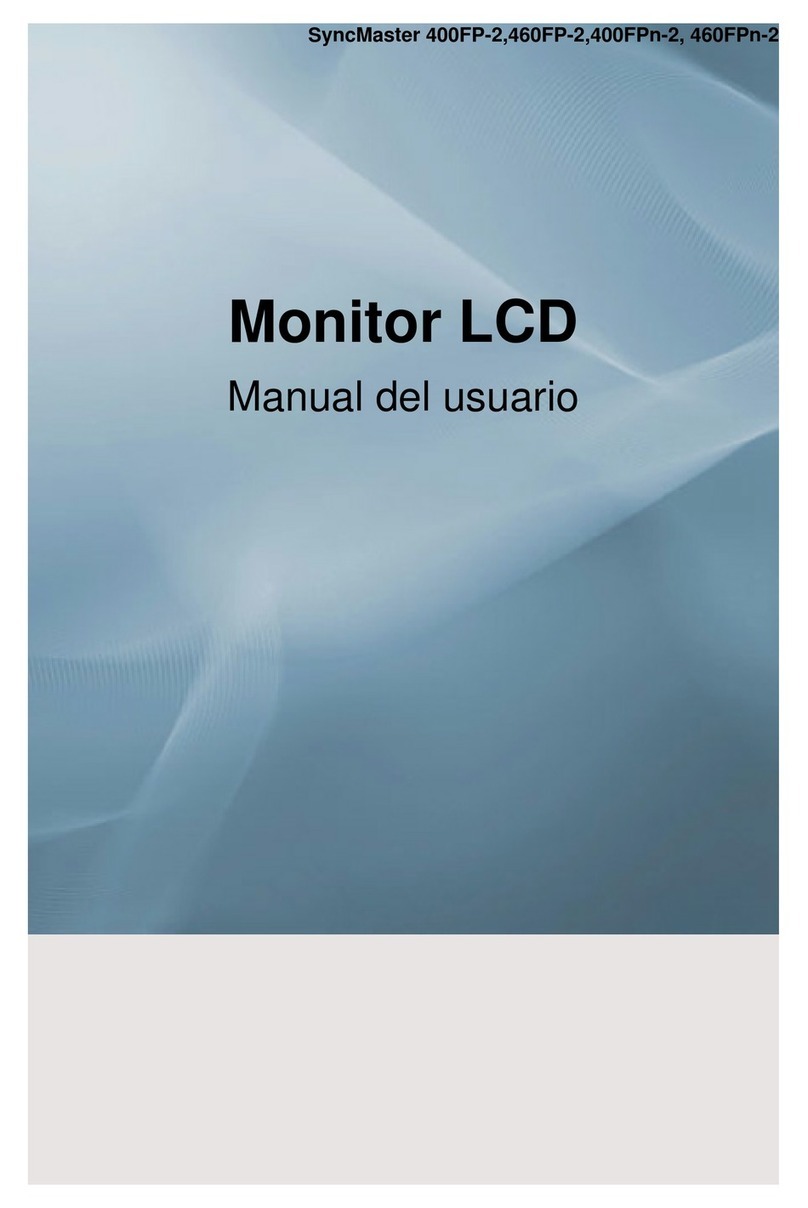FEDERAL COMMUNICATIONS COMMISSION (FCC STATEMENT)
NOTE:ThisequipmenthasbeentestedandfoundtocomplywiththelimitsforaClassBdigitaldevice,pursuanttopart15oftheFCCRules.Theselimitsaredesigned
toprovidereasonableprotectionagainstharmfulinterferenceinaresidentialinstallation.Thisequipmentgenerates,usesandcanradiateradiofrequencyenergyand,
ifnotinstalledandusedinaccordancewiththeinstructions,maycauseharmfulinterferencetoradiocommunications.However,thereisnoguaranteethatinterference
will not occur in a particular installation. If this equipment does cause harmful interference to radio or television reception, which can be determined by turning the
equipment off and on, the user is encouraged to try to correct the interference by one or more of the following measures:
••
••
•Reorient or relocate the receiving antenna.
••
••
•Increase the separation between the equipment and receiver.
••
••
•Connect the equipment into an outlet on a circuit different from that to which the receiver is connected.
••
••
•Consult the dealer or an experienced radio or television technician for help.
CAUTION: Changes or modifications not expressly approved by the party responsible for compliance could void the user’s authority to operate the equipment.
Use only RF shielded cable that was supplied with the monitor when connecting this monitor to a computer device.
WARNING:
WHENPOSITIONINGTHIS EQUIPMENTENSURE THAT THE MAINS PLUG AND SOCKETIS EASILYACCESSIBLE.
To prevent damage which may result in fire or shock hazard, do not expose this appliance to rain or excessive moisture.
This class B digital apparatus meets all requirements of the canadian interference-causing equipment regulations.
Congratulations!
You have just purchased a TCO’99 approved and labelled product! Your choice has provided you with a product developed for professional use. Your purchase has
also contributed to reducing the burden on the environment and also to the further development of environmentally adapted electronics products.
This product meets the requirements for the TCO’99 scheme which provides for an international environmental and quality labelling of personal computers. The
labellingschemewasdevelopedasajointeffortbytheTCO(TheSwedishConfederation of Professional Employees), Svenska Naturskyddsforeningen (The Swedish
Society for Nature Conservation), Statens Energimyndighet (The Swedish National Energy Administration) and SEMKO AB.
The requirements cover a wide range of issues: environment, ergonomics, usability, reduction of electric and magnetic fields, energy consumption and electrical
safety.
Why do we have environmentally labelled computers?
In many countries, environmental labelling has become an established method for encouraging the adaptation of goods and services to the environment. The main
problem, as far as computers and other electronics equipment are concerned, is that environmentally harmful substances are used both in the products and during
their manufacture. Since it is not so far possible to satisfactorily recycle the majority of electronics equipment, most of these potentially damaging substances sooner
or later enter nature.
There are also other characteristics of a computer, such as energy consumption levels, that are important from the viewpoints of both the work (internal) and natural
(external)environments. Since all methodsofelectricitygenerationhavea negative effecton the environment (e.g.acidicandclimate-influencing emissions, radioactive
waste), it is vital to save energy. Electronics equipment in offices is often left running continuously and thereby consumes a lot of energy.
What does the environmenal labelling involve?
The environmental demands has been developed by Svenska Naturskyddsforeningen (The Swedish Society for Nature Conservation). These demands impose
restrictionsonthepresenceand use of heavy metals, brominated and chlorinatedflameretardants,CFCs (freons) and chlorinated solvents, among other things. The
productmustbepreparedforrecyclingandthemanufacturerisobligedtohaveanenvironmentalpolicywhichmustbeadheredtoineachcountrywherethecompany
implementsits operational policy.
Theenergy requirements includea demandthat the computerand/or display, after acertain periodof inactivity, shall reduceits powerconsumption to alower levelin
one or more stages. The length of time to reactivate the computer shall be reasonable for the user.
Below you will find a brief summary of the environmental requirements met by this product. The complete environmental criteria document may be ordered from:
TCO
Development
- SE-114 94 Stockholm, Sweden - Fax: +46 8 782 92 07 - Email (Internet): [email protected]Current information regarding TCO’99 approved and labelled products may also be obtained via the Internet, using the address: http://www.tco-info.com/
Environmentalrequirements
Flame retardants
Flame retardants are present in printed circuit boards, cables, wires, casings and housings. Their purpose is to prevent, or at least to delay the spread of fire. Up to
30%of the plasticin a computercasing can consistof flameretardant substances. Mostflame retardants containbromine or chloride,and those flameretardants are
chemicallyrelatedto another group of environmental toxins, PCBs. Both the flame retardants containing bromine or chloride and the PCBs are suspectedofgivingrise
tosevere health effects,includingreproductivedamageinfish-eatingbirds and mammals, due to the bio-accumulative*processes. Flame retardants have been found
in human blood and researchers fear that disturbances in foetus development may occur.
The relevant TCO’99 demand requires that plastic components weighing more than 25 grams must not contain flame retardants with organically bound bromine or
chlorine. Flame retardants are allowed in the printed circuit boards since no substitutes are available.
Cadmium**
Cadmium is present in rechargeable batteries and in the colour-generating layers of certain computer displays. Cadmium damages the nervous system and is toxic
in high doses. The relevant TCO’99 requirement states that batteries, the colour-generating layers of display screens and the electrical or electronics components
must not contain any cadmium.
Mercury**
Mercuryissometimesfoundinbatteries,relays and switches. It damages the nervous system and is toxic in highdoses.Therelevant TCO’99 requirement states that
batteriesmaynotcontain any mercury. Italsodemands that mercury is not present in anyofthe electrical or electronics components associated with the labelledunit.
There is however one exception. Mercury is, for the time being, permitted in the back light system of flat panel monitors as there today is no commercially available
alternative. TCO aims on removing this exception when a mercury free alternative is available.
CFCs (freons)
The relevant TCO’99 requirement states that neither CFCs nor HCFCs may be used during the manufacture and assembly of the product. CFCs (freons) are
sometimes used for washing printed circuit boards. CFCs break down ozone and thereby damage the ozone layer in the stratosphere, causing increased reception
on earth of ultraviolet light with e.g. increased risks of skin cancer (malignant melanoma) as a consequence.
Lead**
Lead can be found in picture tubes, display screens, solders and capacitors. Lead damages the nervous system and in higher doses, causes lead poisoning. The
relevant TCO´99 requirement permits the inclusion of lead since no replacement has yet been developed.
*Bio-accumulative is defined as substances which accumulate within living organisms
** Lead, Cadmium and Mercury are heavy metals which are Bio-accumulative.




















